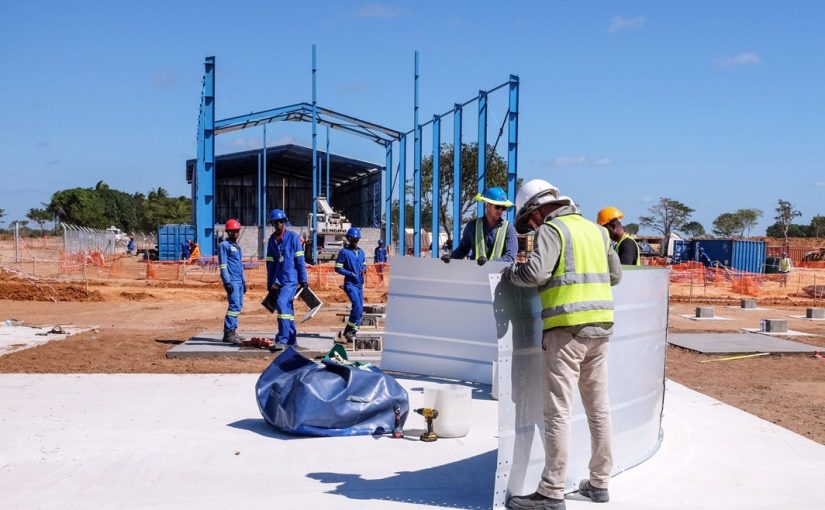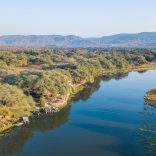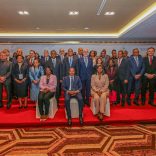Mozambique: Regulatory body reduce water prices - AIM
Mozambique: Government needs €246B to develop country through to 2044

FILE - For illustration purposes only. [File photo: Lusa]
The Mozambican Government has identified €246 billion in financing needs to implement the five priority pillars of the 2025-44 National Development Strategy (ENDE) 2, according to a document consulted by Lusa this Friday (21-06).
“It is a joint commitment to the future of the country. By implementing this revised strategy, Mozambique reinforces its ability to face the challenges of the present and build a prosperous and sustainable future for all citizens,” the document approved by the Council of Ministers this month reads.
ENDE defines as pillars for the next 20 years the Structural Transformation of the Economy, with investments of almost US$176.5 billion, and Social and Demographic Transformation (US$23.9 billion).
It also incorporates the pillars of Infrastructure, Organization and Territorial Planning, foreseeing investments of US$24.7 billion; Governance, Peace and Security (US$21.3 billion); and Environmental Sustainability, Climate Change and Circular Economy (US$17 billion).
The strategy starts from a current average economic growth rate of 5%, growing to 9% in the period up to 2028, and reaching 9.2% in the period up to the end of 2043.
The unemployment rate is seen dropping from the current average of 18.4% to 7.5% by 2043, while inflation is forecast to rise from 7.1% to 9.2% by 2028, falling to 3.1% by 2043.
Among other ENDE indicators, the government foresees life expectancy at birth increasing from 52.9 years for men and 58.2 years for women to 72 years for men and 79.9 years for women by 2043.
It adds that the allocation of resources until 2044 will be based on the “combination” of the State Budget, specific development funds, and tax incentives and subsidies.
The government document recognizes that “unemployment among young people is high”, with 33.4% of the young now out of employment, education or training, and that the informal economy, “which represents a significant portion of employment, presents precarious conditions and job insecurity”.
Hence it is necessary to “guarantee a strong connection between the training offered and the demands of the labour market, to maximize employment opportunities and promote economic and social development”.
The general unemployment rate in Mozambique, the document recalls, stood at around 18.4% in 2022, being “particularly high among young people, worsened by the pandemic and the insurgency in Cabo Delgado, which further affected employment opportunities”.
“Unemployment among young people aged 15 to 24 stood at 7.74% by 2023. This value represents a slight decrease compared to previous years, peaking at 8.67% in 2021. Despite this, the rate of youth unemployment is still a significant challenge in the country,” the document reads.
Generally, the document takes on the objective of “achieving sustainable, competitive and inclusive economic growth, stimulating the diversification of the economy, increased productivity and competitiveness”.
It aims to “promote sustainable, inclusive and equitable human development, with a special focus on demographic transition, improving social indicators, reducing poverty and promoting social inclusion”.
“Compared to the previous strategy, it continues to prioritize the reduction of inequalities and universal access to basic services, with a renewed focus on health, education, social protection and the inclusion of vulnerable groups,” it is noted.
On the other hand, the aim is to “promote sustainable and equitable territorial development, integrating infrastructure, urban and rural planning, efficient environmental management, ensuring equity in access to public services and an effective territorial organization, aiming to improve the quality of life of all communities”.
Priority is also given to “sustainable development”, ensuring “solid institutions, the protection of human rights, national defence and the maintenance of public order”, but also to the “promotion of an integrated approach that includes the principles of the blue and green economies”.













Leave a Reply
Be the First to Comment!
You must be logged in to post a comment.
You must be logged in to post a comment.